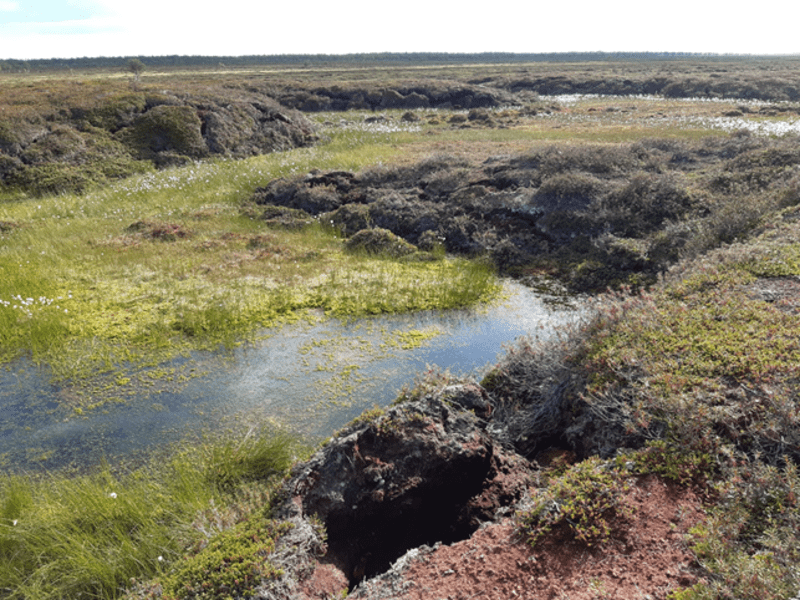
Metsähallitus’ Nature Services and the Finnish Environment Agency have mapped three million hectares of the areas of Upper Lapland during the years 2020–2022. A similar survey was last done in the 90s.
Climate change can be seen in Lapland’s palsa marshes, according to the mapping of the Finnish Environment Agency’s and Metsähallitus’ nature services.
A third of the palsa plains in the protected areas and wilderness areas of Upper Lapland have disappeared compared to the situation in the 90s. In Finland, there are mostly palsas in Enontekiö and Utsjoki.
Pals are mounds of peat frozen inside. As the average temperature rises, the ice inside the palsa mound melts and the mounds collapse, and new ones no longer form.
Previously known palsa swamps have disappeared from the nature of Käsivarre and the Pallas-Ounastunturi area. Balsas would be protected by stopping global warming.
The results of the survey confirm the results of the threat assessment of Finnish habitat types.
Climate change can be seen in the materials not only in the palsa plains but also in the condition of lichens and fens.
*Read more* *News of Lapland**.*
